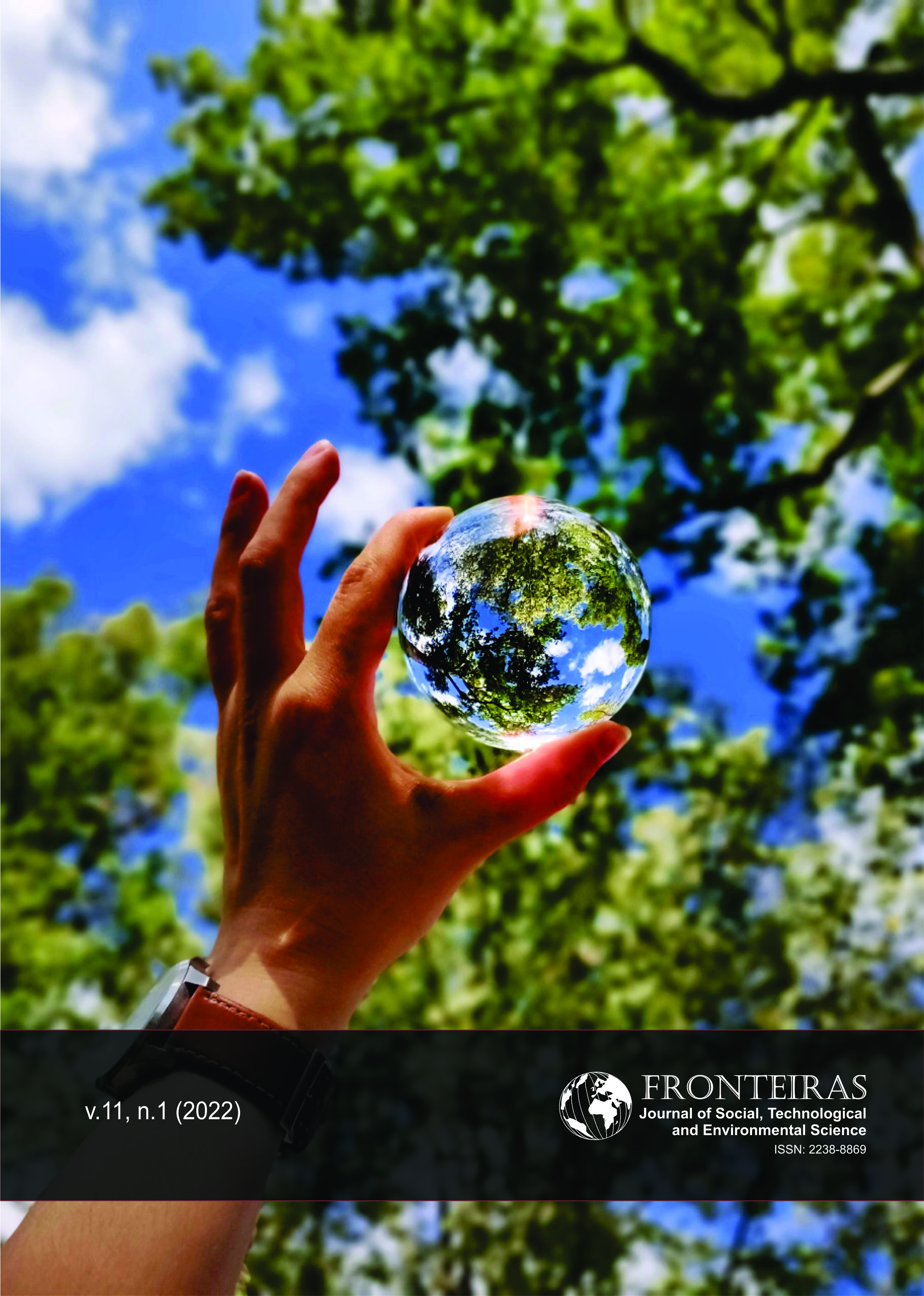Variación Morfológica en Semillas de 20 Especies Leñosas Nativas en un Bosque Seco Sudamericano
DOI:
https://doi.org/10.21664/2238-8869.2022v11i1.p54-59Keywords:
seed adaptation, tropical dry forest, seed dispersal, Ecuador, size seedAbstract
Dry forests are fragments of high biological diversity and are increasingly threatened by anthropogenic factors. Lack of biological studies in these ecosystems aggravates the problem further. Knowing the plants structures that could modulate their attitude to different environmental and anthropic conditions is fundamental. The objective of the present work was to identify the morphological seed traits diversity of forest species distributed in a remnant of Ecuadorian dry forest. Much of the species presented oval seeds, round with a hard, smooth and shiny seed coat. The small size identified in seeds follows patterns similar to those found in other dry forests of the region, except for dispersion type that was different. Seeds morphological traits found are important for their management and conservation, but fundamental for the survival in situ when facing future adverse environmental conditions in arid zones.
References
Duarte M, Prado de Paula S, De Lima Ferreira F, Nogueira A 2016. Morphological characterization of fruit, seed and seedling and germination of Hymenaea Courbaril L. (Fabaceae) ('Jatobá’). J Seed Sci 38(3):204-211.
Jara-Guerrero A, De la Cruz M, Méndez M 2011. Seed dispersal spectrum of woody species in south ecuadorian dry forests: environmental correlates and the effect of considering species abundance. Biotropica 43(6):722-730.
Laughlin D 2014. Applying trait-based models to achieve functional targets for theory-driven ecological restoration. Ecol Lett 17:771–784.
Morgan M, Shibu J 2013. Increasing seed germination of bursera graveolens, a promising tree for the restoration of tropical dry forests. Tree Planters’ Notes 56(1):74–83.
Romero-Saritama J, Pérez-Rúiz C 2016. Rasgos morfológicos regenerativos en una comunidad de especies leñosas en un bosque seco tropical tumbesino. Rev Biol Trop 64(02):859–73.
Romero-Saritama J 2018. Seed conservation: an alternative to store germplasm and recover threatened ecuadorian forests. Neotrop Biol Conserv 13(1):74–85.
Tropicos.org. [Base de datos de internet]. Missouri Botanical Garden. c2019 - [ consultado el 19 de mayo de 2019]. Disponible en: http://www.tropicos.org
Vaz T, Davide A, Rodrigues-Junior A, Nakamura A, Tonetti O, Da Silva E 2016. Swartzia langsdorffii Raddi: Morphophysiological traits of a recalcitrant seed dispersed during the dry season. Seed Sci Res 26(1):47-56.
Yildiz Tiryaki G, Cil A, Tiryaki I 2016. Revealing seed coat colour variation and their possible association with seed yield parameters in common vetch (Vicia sativa L.). Int J Agro 2016:1–10.
Downloads
Published
How to Cite
Issue
Section
License
This journal offers immediate free access to its content, following the principle that providing free scientific knowledge to the public, we provides greater global democratization of knowledge.
As of the publication in the journal the authors have copyright and publication rights of their articles without restrictions.
The Revista Fronteiras: Journal of Social, Technological and Environmental Science follows the legal precepts of the Creative Commons - Attribution-NonCommercial-ShareAlike 4.0 International. 


